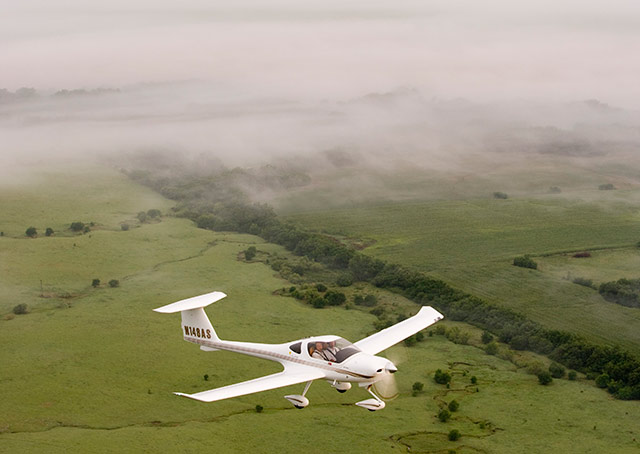
A VFR pilot is assessing the probability of conducting a cross-country flight that would conclude during the outlook portion of the current area forecast.
For most of the planned flight, ceilings should be acceptable, although low enough to require use of a lower-than-usual cruise altitude. Later, however, the picture gets complicated, with “OTLK...MVFR CIG” in the forecast.
When marginal VFR (MVFR) conditions are forecast, the prediction is based on this definition of MVFR: “Ceilings 1,000 to 3,000 feet, visibility 3 to 5 miles.” The conditions a pilot might face could be better, or worse, putting a VFR flight in serious question.
It’s not just the possibility of a VFR pilot encountering instrument meteorological conditions that raises the risk profile of flight in MVFR conditions. As this Flight Training article explains, “Marginal VFR weather makes navigation and communication more difficult, and pilots often must struggle to avoid clouds, obstacles, and other aircraft. Turbulence and other weather phenomena up the ante, further taxing the pilot’s abilities.”
For a student pilot, solo flight is not authorized “with a flight or surface visibility of less than 3 statute miles during daylight hours or 5 statute miles at night.” Limitations entered in your logbook by your flight instructor may prescribe much better visibility and higher ceilings for solo.
For other VFR pilots, the special considerations about flying in marginal weather described above make MVFR an example of the risk-assessment-and-mitigation challenge given in Chapter 17 (Aeronautical Decision-Making) of the Pilots Handbook of Aeronautical Knowledge.
Even on days when excellent VFR weather is forecast, there will probably be times when you come out to the airport to fly, only to find that locally, a low-ceiling condition such as an early morning fog stubbornly refuses to lift. That’s especially likely on a zero-wind morning at an airport located in a valley, where a layer of cool, dense air may settle in overnight, chill to the dew point, and linger long after surrounding areas are bathed in sunshine under blue skies. Be patient!
Getting some experience flying with your instructor in MVFR conditions, in the traffic pattern, or in the practice area for low-altitude work such as ground-reference maneuvers, will help you appreciate that MVFR is more than just a descriptive term in weather briefings. It is a reminder that a safety-of-flight threshold is close at hand.



